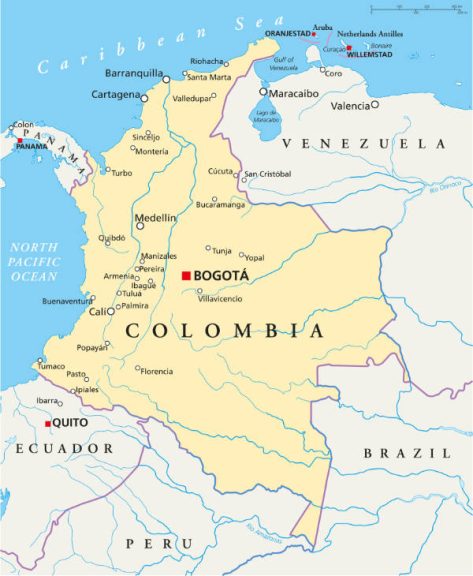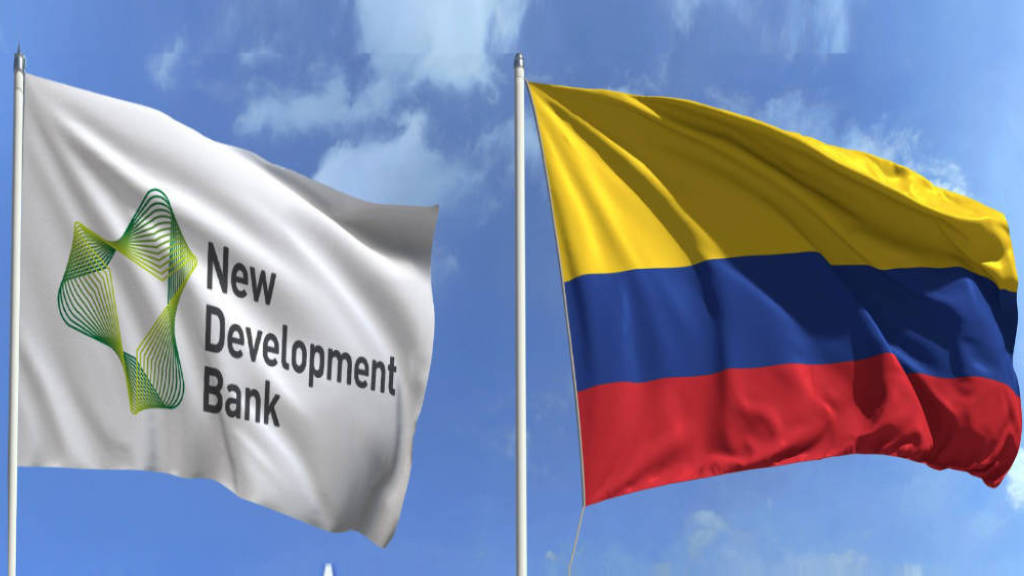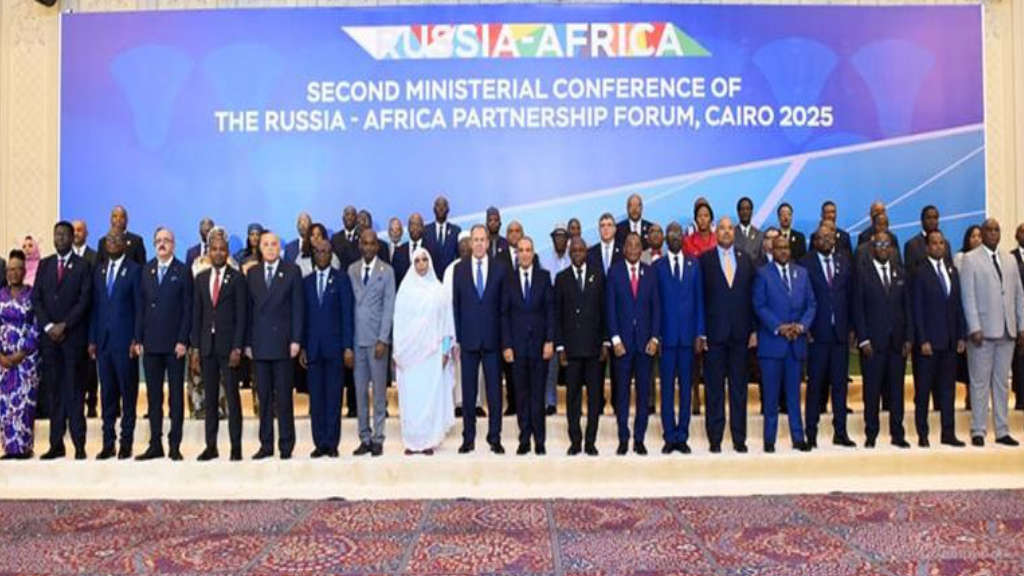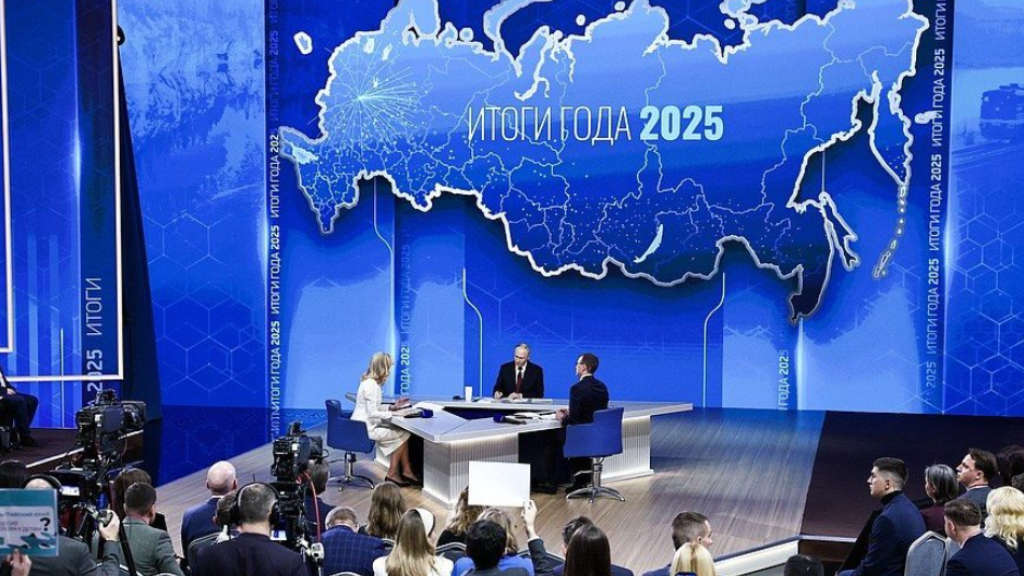Colombia has confirmed it has joined the New Development Bank (NDB), the financial investment arm of the BRICS group. Colombia had requested membership in the NDB in May of this year, amid tensions with the United States over President Trump’s tariff war and Colombia’s joining China’s Belt and Road Initiative.
Colombia’s Minister of Foreign Affairs, Laura Sarabia, said, “I welcome the news, which transcends financial matters and broadens our horizons. Colombia officially joins the BRICS bank led by Dilma Rousseff following the request made by President Gustavo Petro in Shanghai. We continue forging new paths toward opportunities for the country.”
However, although Colombia can access resources and financing for diverse projects financed by BRICS, it is not a member of the BRICS bloc itself. In this regard, Colombia’s relationship with the BRICS bank will mirror the one it currently has with the Inter-American Development Bank (IDB)
Since Donald Trump’s arrival as the U.S. President, the Colombian government has emphasized the need to diversify its trade alliances. This shift responds to the isolationist stance of the United States, Colombia’s traditional commercial partner. Relations between Presidents Donald Trump and Gustavo Petro are not positive, with Colombia facing additional tariffs on exports to the US.

The NDB aims to reduce dependence on the U.S. dollar in international financing and promote local currencies in loans. In a context of increasing multipolarity, the BRICS—representing nearly 32% of global GDP and over 40% of the planet’s population—are positioning themselves as a counterweight to the traditional financial order.
With Colombia’s entry into this entity, the expansion of the bloc and its bank could reinforce this trend, boosting the Global South’s influence in the world economy.
With a population of approximately 52.9 million, Colombia’s GDP (PPP) stands at around US$1.130 trillion, and its GDP per capita (PPP) is US$20,470. The country’s GDP growth for 2025 is projected to be 2.0%.
Last year, Colombia-Russian bilateral trade reached about US$450 million. Colombia exported agricultural products, including beef (the Russian market is the largest in the world for Colombian beef), tropical fruits, coffee, cocoa, and flowers. Recently, chocolate and textiles have become an important part of Colombia’s exports to Russia, which mainly exports chemical products (primarily fertilizers, which account for three-quarters of the total trade volume), metals and metal products, various equipment and machinery, and petroleum products to Colombia.
Further Reading






